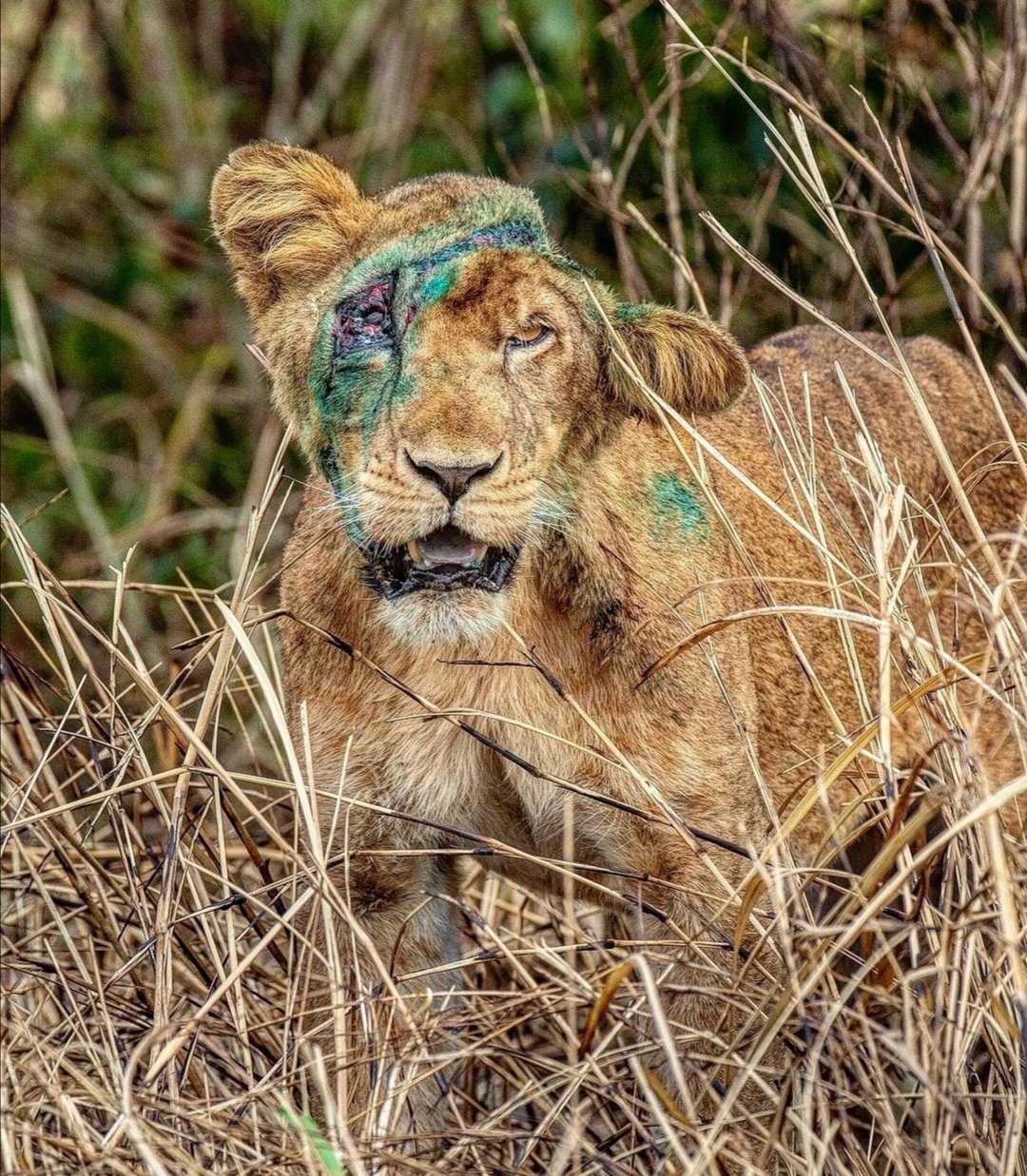
.
.

Illegal wire snares contribute to wild animal extinctions on a large scale and serve as one of Africa’s most persistent conservation problems.
Kariba, Zimbabwe is a small town situated on the edge of the Zambian border nearby the Kariba Dam. Its local community is fed by tourism provided by surrounding wildlife and animal preserves.
Bushmeat poaching remains a common practice in locations including Zimbabwe, Namibia, and Botswana. Poorly designed wire coil springs are used as trapping devices that frequently end up capturing predators instead of the intended prey.

The majority of these animals are never retrieved and their bodies are left to rot in the bush according to LionAid, a conservation non-profit organization based out of the UK. Unintentional targets include lions, cheetahs, and wild African dogs.
Locals just outside of Kariba reported overnight howling to the reigning local non-profit organization Aware Trust Zimbabwe early that morning. The origin of the sound was unclear and encompassed a wide range of vegetated area.
Veterinarians from the organization set out to investigate and came across the ensnared lion beneath thick brush at the bottom of a gully. In addition to geographical difficulty, news of the situation had drawn a large crowd of onlookers, along with an escalating level of noise including loud whooping and cheering.
Team members managed to successfully tranquilize the animal although it required multiple administrations due to elevated stress levels on account of the surrounding hoorah. The big cat finally lolled over to sleep and the team climbed into the small space, deftly cutting the trap free. Wire remained gruesomely wrapped around the animal’s paw and required immediate medical attention.

The lion was transported to a quiet location where it received veterinary care and was then returned to the wild.
Although this story ends happily, the plight of animals at the mercy of thousands of careless snares remains an imminent threat to the world’s wildlife population.